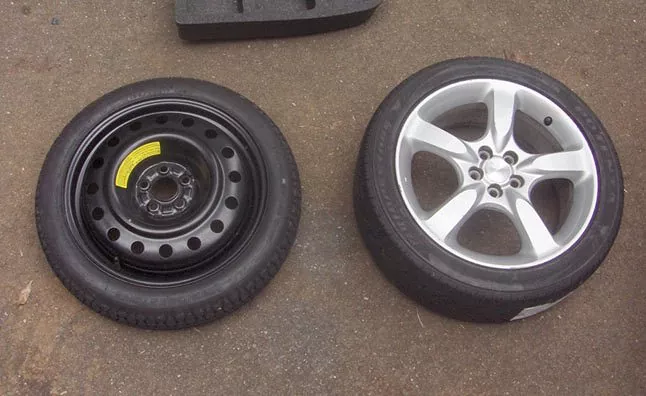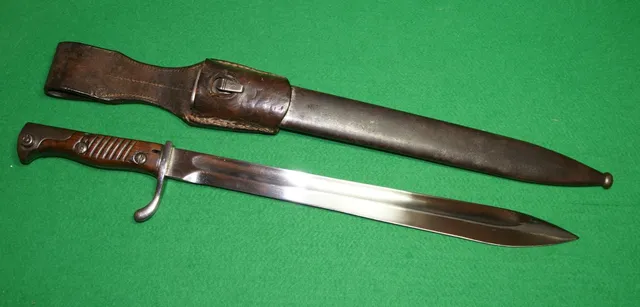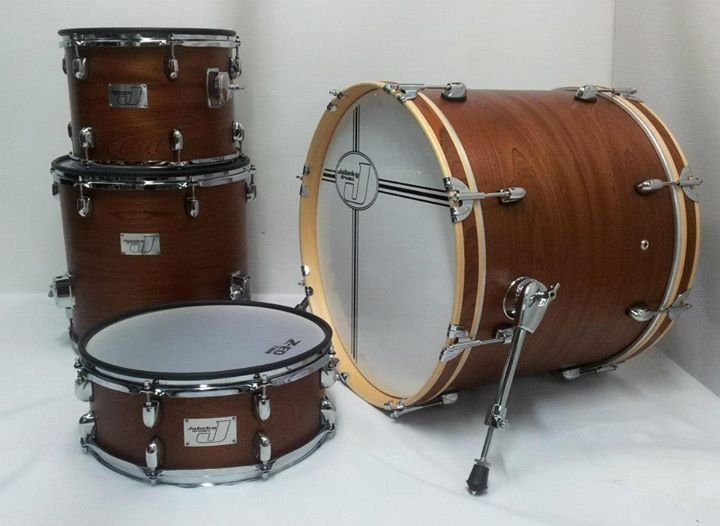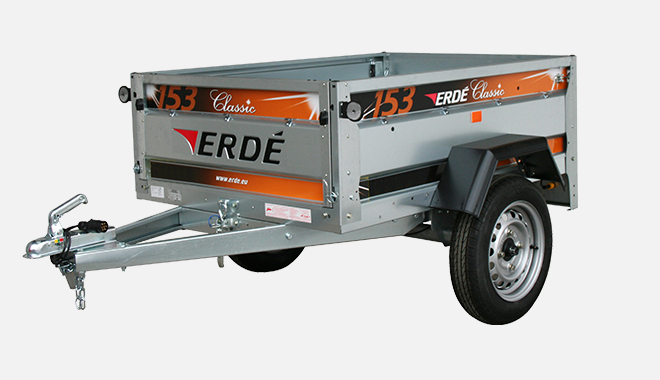You’re cruising down the highway when—bam!—you hit a nail, and your tire deflates faster than you can say “flat.” You pull over, open the trunk, and spot your savior: the spare tire. But here’s the real question—how long can you drive on a spare tire before it becomes a problem?
Whether you’re using a donut tire, a full-size spare, or run-flat tires, each has its own lifespan and safety limitations. This guide dives deep into what you should know, how far you can drive, and what happens if you push your luck.
What Is a Spare Tire and Why It Matters
A spare tire is a temporary replacement designed to get you safely to a repair shop after a flat. It’s not meant for long-term driving, yet many drivers treat it like a full replacement. Knowing your spare’s limits could prevent costly repairs—or worse, an accident.
Spare tires come in three main types: donut (temporary), full-size, and run-flat tires. Each offers different durability, speed limits, and driving safety levels.
Types of Spare Tires and How Long You Can Drive on Each
1. Donut (Temporary Spare Tire)
A donut tire is smaller and lighter than your regular tire, made for short-term use only. It’s designed to save space and weight but sacrifices long-distance durability.
Typical limits:
- Maximum speed: 50 mph
- Maximum distance: 50 miles
Why you shouldn’t push it: The smaller tread width and reduced traction make handling tricky, especially in rain or snow. Prolonged use can also damage your differential and suspension system.
Quick Facts:
- Air pressure: 60 psi (check before using)
- Can wear out quickly on highways
- Not ideal for long trips or towing
2. Full-Size Spare Tire
A full-size spare tire is essentially the same as your regular tire. It’s often included in larger SUVs and trucks that have enough storage space.
How long can you drive? You can usually drive as long as you would with a normal tire—but only temporarily. It may not match your other tires in tread wear or balance, which could affect performance.
Advantages:
- Safe for normal speeds and distances
- Better handling and stability
- No urgent replacement needed
However, make sure to replace or rotate it into your tire set soon. Uneven wear can lead to drivetrain strain, especially in 4WD and AWD vehicles.
3. Run-Flat Tires
Run-flat tires are modern marvels—they can continue driving even after losing air pressure, thanks to reinforced sidewalls.
Typical limits:
- Maximum speed: 50 mph
- Maximum distance: 50–100 miles
These tires are ideal for short emergency trips, giving you time to reach a mechanic without needing to change a tire on the roadside. However, they cannot be repaired once punctured and usually require full replacement.
| Spare Tire Type | Max Distance | Max Speed | Recommended Use |
| Donut Tire | 50 miles | 50 mph | Temporary emergencies |
| Full-Size Spare | 200–500 miles (short-term) | Normal speed | Until tire replacement |
| Run-Flat Tire | 50–100 miles | 50 mph | Emergency short drives |
Factors That Affect How Long You Can Drive on a Spare Tire
Not all spare tires perform the same. Here are factors that influence their lifespan and reliability:
1. Tire Type and Condition
A spare tire stored for years may have dry rot or cracked rubber, making it unsafe. Even if unused, rubber degrades over time—replace it every 6–10 years.
2. Road Conditions
Driving over potholes, gravel, or uneven surfaces shortens a spare tire’s life. Smooth city streets are much safer for temporary use than rough rural roads.
3. Vehicle Load
The heavier your car, the faster a spare tire wears out. Avoid loading your vehicle with extra weight while driving on a temporary tire.
4. Maintenance and Inflation
Underinflated spares cause poor handling and overheating. Always check the tire pressure monthly and before long drives.
Why You Shouldn’t Drive Too Long on a Spare Tire
1. Safety Risks
Driving extended distances on a spare can cause:
- Reduced traction, especially in rain or snow
- Longer braking distances
- Instability at higher speeds
2. Vehicle Damage
Spare tires—especially donuts—aren’t built for extended use. Driving too long can damage:
- Suspension components
- Differential gears (in AWD/4WD cars)
- Transmission alignment
3. Legal and Insurance Issues
Some insurance providers won’t cover accidents if you’re driving unsafely on a known temporary tire. It can even lead to denied claims if the spare was used beyond its intended range.
Steps to Take After Installing a Spare Tire
- Check the pressure – Ensure it meets the manufacturer’s recommended PSI.
- Tighten the lug nuts after driving about 25 miles.
- Drive slowly and cautiously, avoiding highways if possible.
- Head to a tire shop immediately for repair or replacement.
“A spare tire is meant to get you out of trouble, not take you on a road trip,” says auto technician Mike Ramsey of AutoCare Network.
How to Extend the Life of Your Spare Tire
| Maintenance Step | Frequency | Purpose |
| Check air pressure | Once a month | Prevent underinflation |
| Inspect for cracks | Every 6 months | Avoid blowouts |
| Replace aged tires | Every 6–10 years | Prevent dry rot |
| Store properly | Always | Avoid heat and moisture damage |
Store your spare in a cool, dry trunk area away from sunlight.- Rotate full-size spares during regular maintenance.
- Avoid overloading your vehicle when using a temporary tire.
Common Myths About Spare Tires
Myth 1: “You can drive indefinitely if it feels fine.”
False. Temporary tires lose tread faster and have poor heat resistance.
Myth 2: “You don’t need to check spare tire pressure.”
Also false. A deflated spare is useless when you need it most.
Myth 3: “All spares are created equal.”
Not true. Donut, full-size, and run-flat tires perform very differently.
Case Study: Ignoring the Spare Tire Limit
John, a 35-year-old commuter, drove 250 miles on his donut tire after a flat. Everything seemed fine until his spare blew out on the highway, causing a costly tow and rim damage.
His mechanic later explained that temporary spares lose structural strength quickly, especially under continuous high-speed conditions. What could’ve been a $100 tire repair became a $700 problem.
Lesson: Never push beyond the manufacturer’s recommendations.
Expert Insights from Mechanics
“We see more car damage from people overusing spare tires than from the flat tires themselves,” explains tire expert Lisa Perez from TireTech Services. “Most drivers underestimate how fragile a donut really is.”
Mechanics recommend always replacing or repairing the flat tire within 24–48 hours after installing a spare.
FAQs About Driving on a Spare Tire
Q: Can I drive on the highway with a spare?
Yes, but keep under 50 mph and stay in the right lane.
Q: Do spare tires expire?
Yes, most degrade after 6–10 years even if unused.
Q: Can I use a spare on any wheel position?
Preferably on the rear axle for stability, especially for front-wheel-drive cars.
Q: How do I know if my spare is safe?
Check the tread depth, rubber cracks, and pressure.
Conclusion: Drive Smart, Stay Safe
So, how long can you drive on a spare tire? The short answer depends on the type:
- Donut Tire: 50 miles at 50 mph.
- Full-Size Spare: A few hundred miles max, short-term only.
- Run-Flat Tire: 50–100 miles at reduced speeds.
Your spare tire is your emergency backup—not a long-term solution. Always replace or repair your damaged tire as soon as possible, and maintain your spare regularly.
Driving cautiously and understanding your limits keeps both you and your vehicle safe on the road.













Leave a Reply